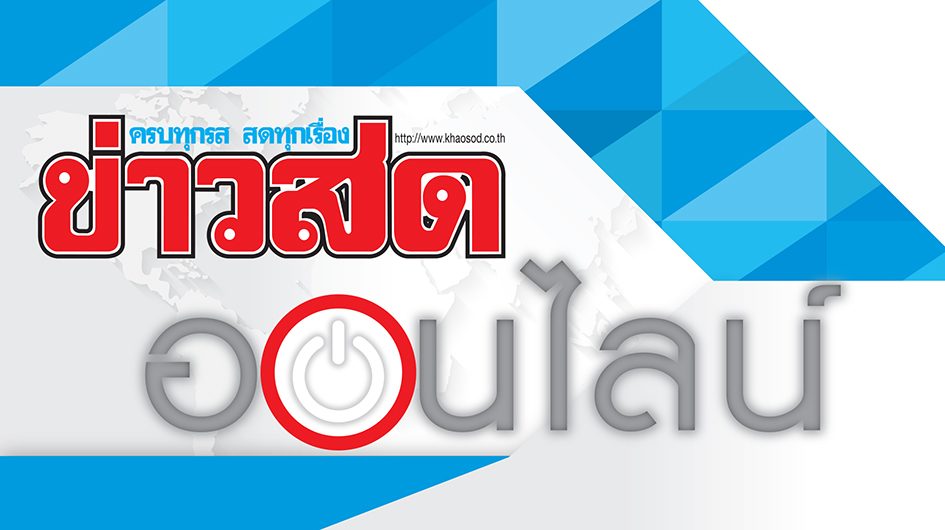Doctor Myasnikov urges not to rush to the hospital without indications for hospitalization
Photo: Yulia PYKHALOVA
—
As of January 8, 2021, 23,525 new cases of coronavirus infection were detected in Russia. Doctor Alexander Myasnikov spoke about the basic rules of conductif you have a covid.
When should an ambulance be called?
1. If shortness of breath occurs even with little exercise or at rest.
Usually, with covid, shortness of breath may appear between the 4th and 8th days. If it is moderate, does not interfere with the conversation and allows you to climb, for example, 2 flights of stairs, then in young people without chronic diseases this is unlikely to indicate a problem. If shortness of breath appears on the 2nd – 3rd day from the first onset of symptoms (fever, cough), restricts physical activity or occurs at rest, this is always serious, ”Dr. Myasnikov writes on his website.
2. Symptoms of dehydration: dizziness, dry mouth, palpitations, harsh urination.
3. Constantly high temperature above 38.
4. Lethargy, drowsiness, apathy, confusion of thoughts.
5. Blood oxygen saturation is below 94%.
It makes sense to have a pulse oximeter at home along with a thermometer.
“A simple and cheap device, put on a finger and shows the numbers of blood oxygen saturation. Indicators 94% and below are the basis for hospitalization, “- says Alexander Myasnikov.
When can you stay at home?
1. Temperature up to 38 degrees.
The normal human body temperature is not at all 36.6, but 37.5. This is if measurements are taken under the arm.
2. Body aches, muscle pain, headache, sore throat.
3. Cough without shortness of breath.
! Important. Dr. Myasnikov urges not to rush to the hospital without indications for hospitalization, since any hospital treatment implies getting into the aggressive environment of an infectious diseases hospital with risks of nosocomial infection not only with the virus, but also with many bacteria.
“There is no cure for the coronavirus. They are not in hospitals either, ”recalled Dr. Myasnikov. – Therefore, people with a severe course of the disease go there. We cannot cure the virus, but we can manage complications: give oxygen, treat systemic thrombosis, prevent a “cytokine storm” (a condition in which the immune system attacks a person himself, – editor’s note), treat bacterial complications, connect artificial kidney or ventilation breathing “.
The doctor suggests treating a mild course of the disease in “grandmother’s ways”:
– bed rest,
– plentiful drink,
– fruits, broths,
– fresh air (room ventilation),
– antipyretics (paracetamol) as needed,
– patience and a positive attitude.
How long to stay at home?
Recovered patient may terminate isolation if:
1. It took 10 days from the onset of symptoms, plus 3 more days when no symptoms were observed at all.
EXAMPLES: A. symptoms lasted 3 days. So after 10 + 3 = 13 days from the onset of symptoms. B. Symptoms lasted 14 days. So 14 + 3 = 17 days after the onset of symptoms.
2. An asymptomatic patient with a positive test for coronavirus may end the isolation just 10 days after the test.
– .


